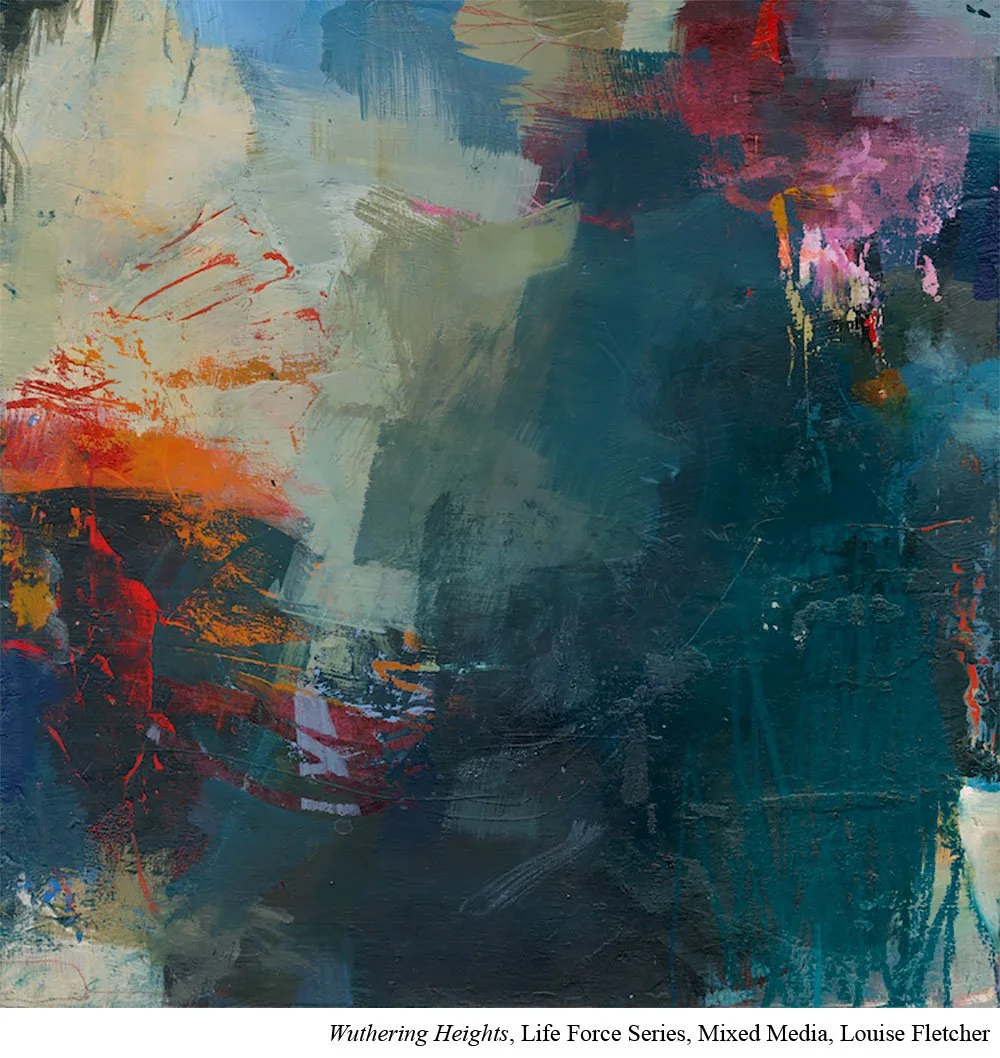Is It Time to Slow Down? Rethinking Pace in Your Painting Process
One day, you’re flying through a painting. You feel focused, energized—like the brush is guiding itself. Colors fall into place, decisions happen quickly, and it feels thrilling. You’re in the zone.
Then, on another day, that same fast pace sends you into a spiral. You second-guess every mark. The joy gets replaced with frustration or even panic. Nothing feels right.
So what changed?
Louise Fletcher (Ep.48) has an idea. You might need a change of artistic pace.
Every Painting Has Its Own Rhythm
Fletcher knows from experience that each painting has its own internal rhythm. Some pieces move quickly. Others ask you to slow down, to reflect, to wait before making the next mark.
If you expect every painting session to operate at the same speed—or if you always default to your own habitual pace—it can create tension between what you’re doing and what the painting actually needs.
And that tension often shows up as anxiety.
It’s easy to miss the signs. We might think the painting isn’t working because we chose the wrong colors, or that we’re just “off” that day. But in reality, we may be pushing a fast pace on a painting that requires slowness. Or we may be hesitating in a painting that wants us to move boldly.
Learning to adjust your pace—rather than forcing it—can completely shift your experience in the studio.
Put it to Practice: Do a Pace Check
If you're starting to feel anxious or blocked in your painting, try asking yourself a few questions about timing:
1. Are you moving too fast?
When you’re in a rush, you can override your intuition. You stop listening to the painting. If every mark is followed by regret, it may be a sign the piece is asking for slower, more intentional choices.
2. Are you at a decision point?
Sometimes the painting stalls not because you’re doing something wrong, but because you’ve reached a fork in the road. Instead of speeding up or doubling down, try stepping away. Take a moment to pause and ask: What is this painting trying to say next?
3. Are you operating on an artificial deadline?
Fletcher reminds us that paintings (and especially series) often evolve on their own timelines. If you’re assigning calendar deadlines to creative work that needs time to unfold, the pressure can drain all the joy—and cause creative shutdown.
The next time you feel anxious or uncertain in your painting, pause for a pace check.
Ask yourself:
What is my current pace—fast, slow, or frozen?
How does my body feel while I’m painting—tight, rushed, energized, tense?
What would happen if I slowed down right now? Or sped up?
What does this painting want from me right now?
Your pace is creative tool. Learning to work with it instead of against it helps you make better paintings, and enjoy the process more deeply.
Sometimes, the answer really is just to slow down.


